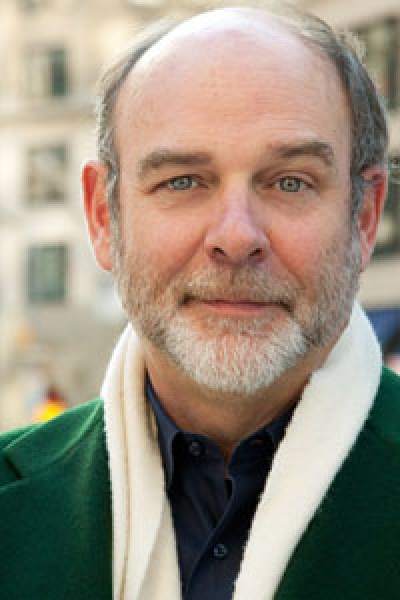Approach
Traditional economics analyzes the prices of products as they are on the market and looks at the costs to offer those products. Then the analysis would look at the consumer and his or her willingness to spend their money on that product with its given quality and use value.
Underhill finds a new way of analyzing a large swath of the American economy by supplying the model of aesthetics. His explanation is not so much in the field of economics as it is in the field of psychology as applied to retail environments, but its implications are that businesses must not only provide a product, they must also supply a mood or atmosphere.
This model would explain why, for example, a used bookstore owner who is completely convinced of the intellectual value of his or her product cannot manage to sell any of it. Upon looking at the bookstore, an environmental psychologist might find that, while the books are superb treasures, the store's mood is inhibitive of consumer spending. The aisles are cramped, the furnishings are old and suggestive of basement storage, and there are not signs breaking up the stock of books into categories, making it hard for a consumer to go from genre to genre.
In contrast, environmental psychology is well applied when a bookstore makes aisles navigable, easily identifiable, plays music that encourages movement from aisle to aisle, and presents books aesthetically instead of as a mere collection of books.
Bibliography: http://www.goodreads.com/
Contact: http://www.pacounderhill.com/

